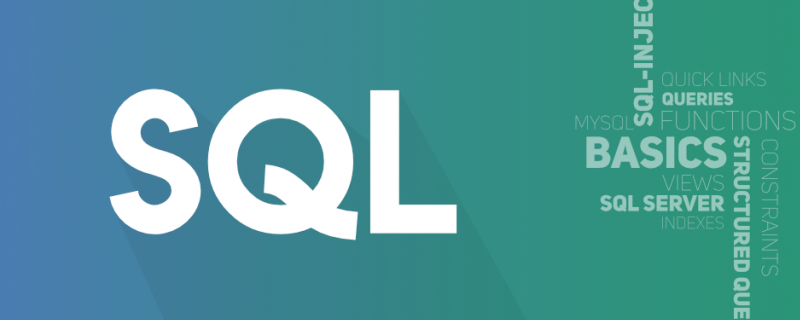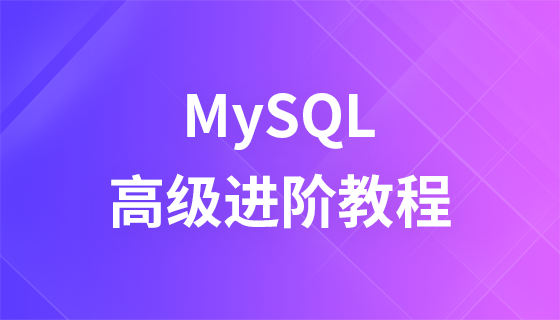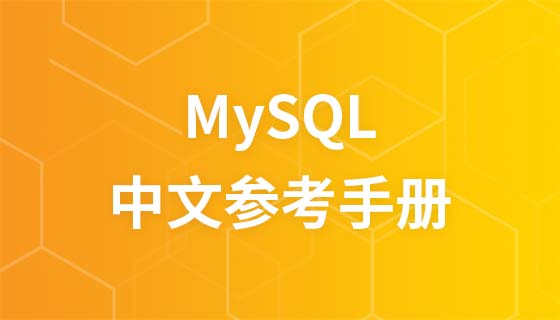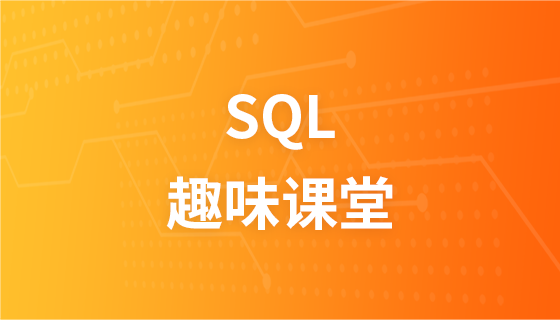如果你一直使用JSON_MODIFY()函數來修改SQL Server中的JSON文檔,那麼你可能習慣於修改key/value屬性的value部分。但是你知道你也可以修改key部分嗎?

#這樣做的訣竅是將value複製到一個新鍵,然後刪除舊鍵。
這裡有一個基本的例子來說明我的意思。
-- Declare a variable and assign some JSON to it
DECLARE @data NVARCHAR(50)='{"Name":"Homer"}'
-- Print the current JSON
PRINT @data
-- Rename the key (by copying the value to a new key, then deleting the old one)
SET @data=
JSON_MODIFY(
JSON_MODIFY(@data,'$.Handle', JSON_VALUE(@data,'$.Name')),
'$.Name',
NULL
)
-- Print the new JSON
PRINT @data結果:
{"Name":"Homer"}
{"Handle":"Homer"}這將列印出原始的鍵/值對,然後是新的鍵/值對。
雖然我們可以說我們「重新命名」了密鑰,但實際上我們只是創建了一個新密鑰,將現有值複製到該新密鑰,然後將舊密鑰設為NULL來刪除它。
在本例中,我們使用JSON_VALUE()函數來擷取值。
數值
在將資料複製到新鍵時需要小心。預設情況下,SQL Server將它括在雙引號中。這可能是你想要的,也可能不是。
但是,如果你複製一個數值,你可能希望它仍然是一個數值(即沒有雙引號)。在本例中,需要使用CAST()函數將其轉換為數值資料類型。這裡有一個例子:
-- Declare a variable and assign some JSON to it
DECLARE @data NVARCHAR(50)='{"Residents":768}'
-- Print the current JSON
PRINT @data
-- Rename the key (by copying the value to a new key, then deleting the old one)
SET @data=
JSON_MODIFY(
JSON_MODIFY(@data,'$.Population', CAST(JSON_VALUE(@data,'$.Residents') AS int)),
'$.Residents',
NULL
)
-- Print the new JSON
PRINT @data結果:
{"Residents":768}
{"Population":768}所以結果是一個數字。
如果我們從這個範例中刪除CAST()函數,我們得到的結果是:
-- Declare a variable and assign some JSON to it
DECLARE @data NVARCHAR(50)='{"Residents": 768}'
-- Print the current JSON
PRINT @data
-- Rename the key (by copying the value to a new key, then deleting the old one)
SET @data=
JSON_MODIFY(
JSON_MODIFY(@data,'$.Population', JSON_VALUE(@data,'$.Residents')),
'$.Residents',
NULL
)
-- Print the new JSON
PRINT @data結果:
{"Residents": 768}
{"Population":"768"}因此,在本例中,我們不僅重命名了鍵,還將(JSON)資料類型從數字更改為字串。
注意,JSON不區分不同的數字型別。它只有一個數字類型:number。
key鍵和空格
在本例中,我將一個現有鍵重新命名為一個包含空格的新鍵(它由兩個單字組成,用空格分隔)。
因為新鍵包含空格,所以我需要用雙引號括住鍵。如果不這樣做,就會出現錯誤。
-- Declare a variable and assign some JSON to it
DECLARE @data NVARCHAR(50)='{"Population":68}'
-- Print the current JSON
PRINT @data
-- Rename the key (by copying the value to a new key, then deleting the old one)
SET @data=
JSON_MODIFY(
JSON_MODIFY(@data,'$."Average IQ"', CAST(JSON_VALUE(@data,'$.Population') AS int)),
'$.Population',
NULL
)
-- Print the new JSON
PRINT @data結果:
{"Population":68}
{"Average IQ":68}巢狀的屬性
如果屬性是巢狀的,則沒有問題。只需使用點符號來引用它。
DECLARE @data NVARCHAR(4000)
SET @data=N'{
"Suspect": {
"Name": "Homer Simpson",
"Hobbies": ["Eating", "Sleeping", "Base Jumping"]
}
}'
PRINT @data
SET @data=
JSON_MODIFY(
JSON_MODIFY(@data,'$.Suspect.Qualifications', JSON_QUERY(@data,'$.Suspect.Hobbies')),
'$.Suspect.Hobbies',
NULL
)
PRINT @data結果:
{
"Suspect": {
"Name": "Homer Simpson",
"Hobbies": ["Eating", "Sleeping", "Base Jumping"]
}
}
{
"Suspect": {
"Name": "Homer Simpson"
,"Qualifications":["Eating", "Sleeping", "Base Jumping"]}
}你可能也注意到,這個範例使用JSON_QUERY()函數來提取值,而不是像前面的範例那樣使用JSON_VALUE()。
這是因為在本例中,我們正在提取一個數組,而JSON_VALUE()不能提取整個數組(它只能從數組中提取標量值)。另一方面,JSON_QUERY()函數提取物件和數組,但不提取標量值。
以上是如何在SQL Server中重新命名JSON金鑰(T-SQL)?的詳細內容。更多資訊請關注PHP中文網其他相關文章!


